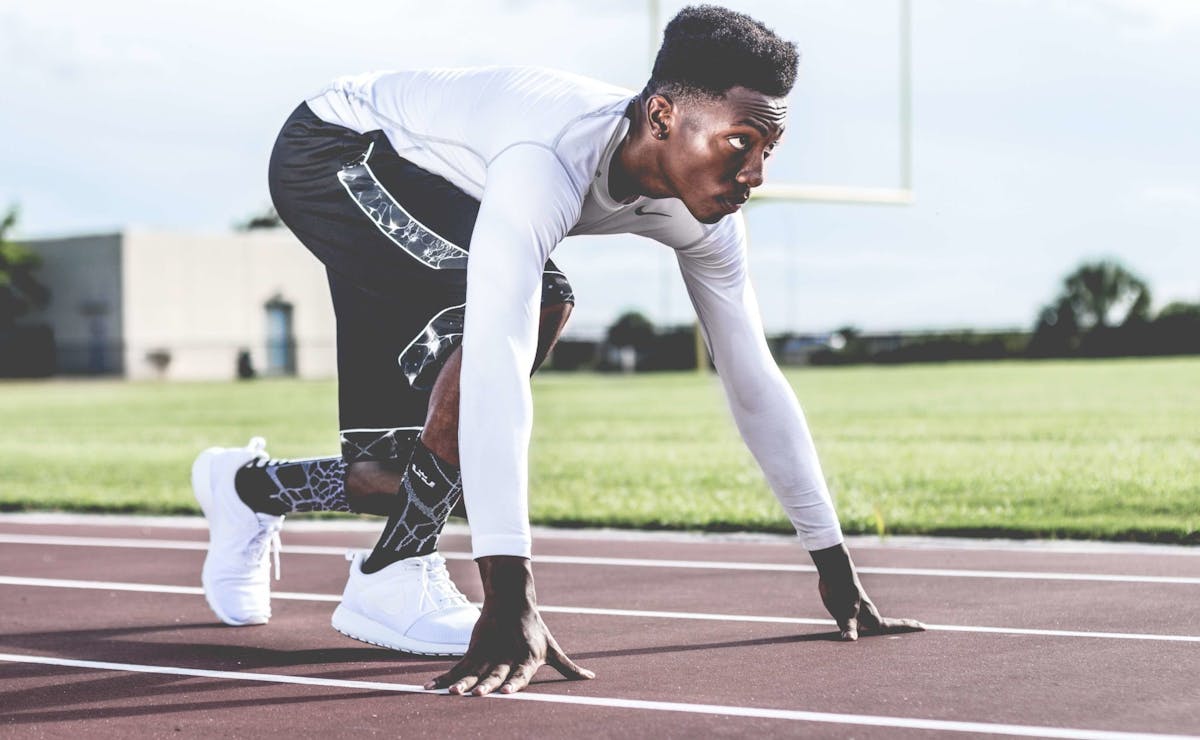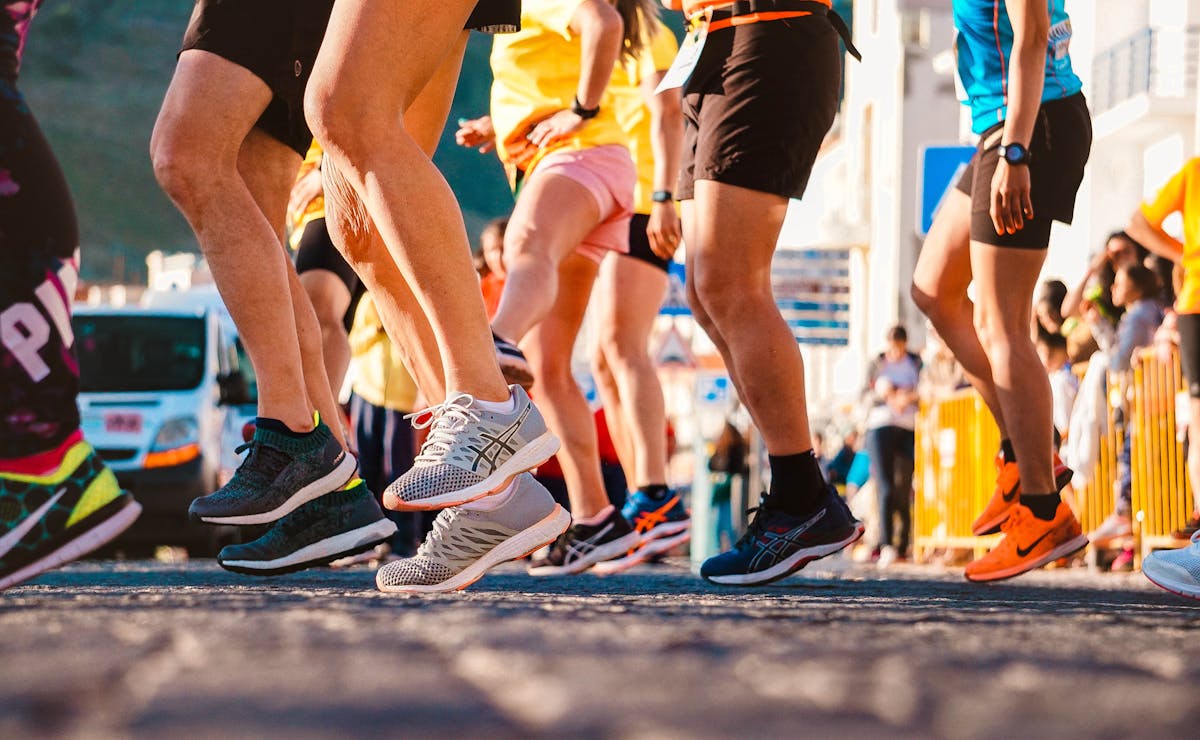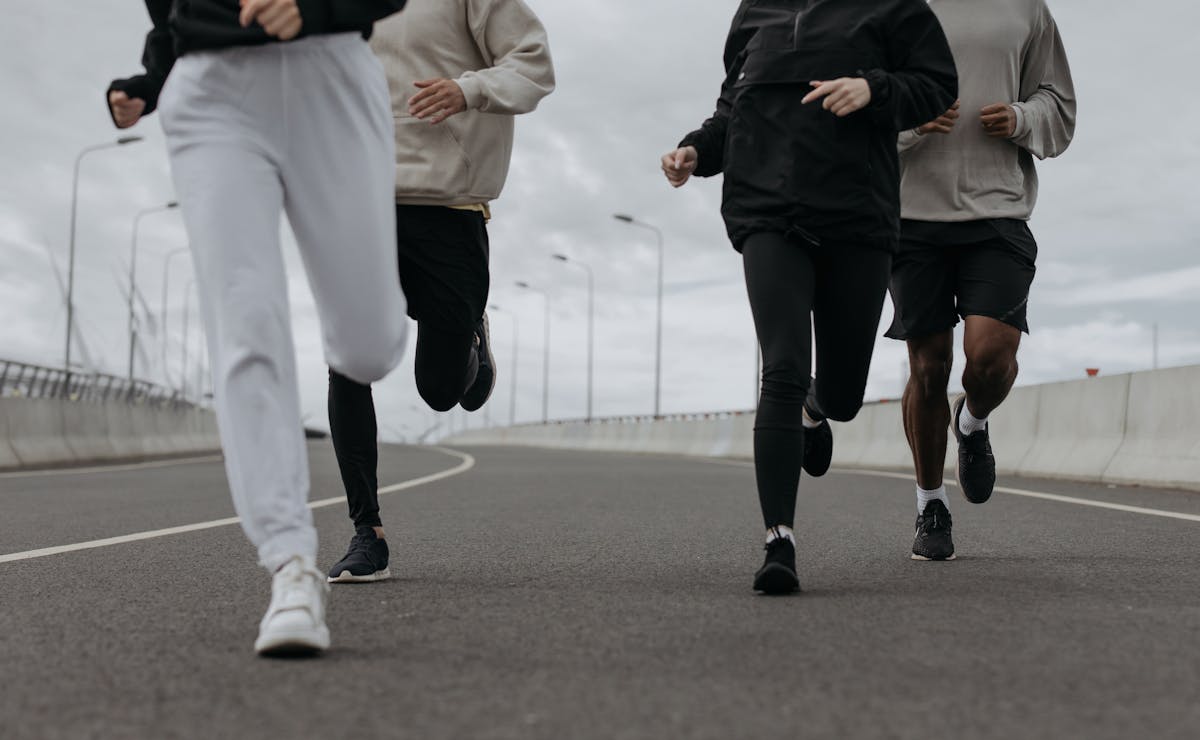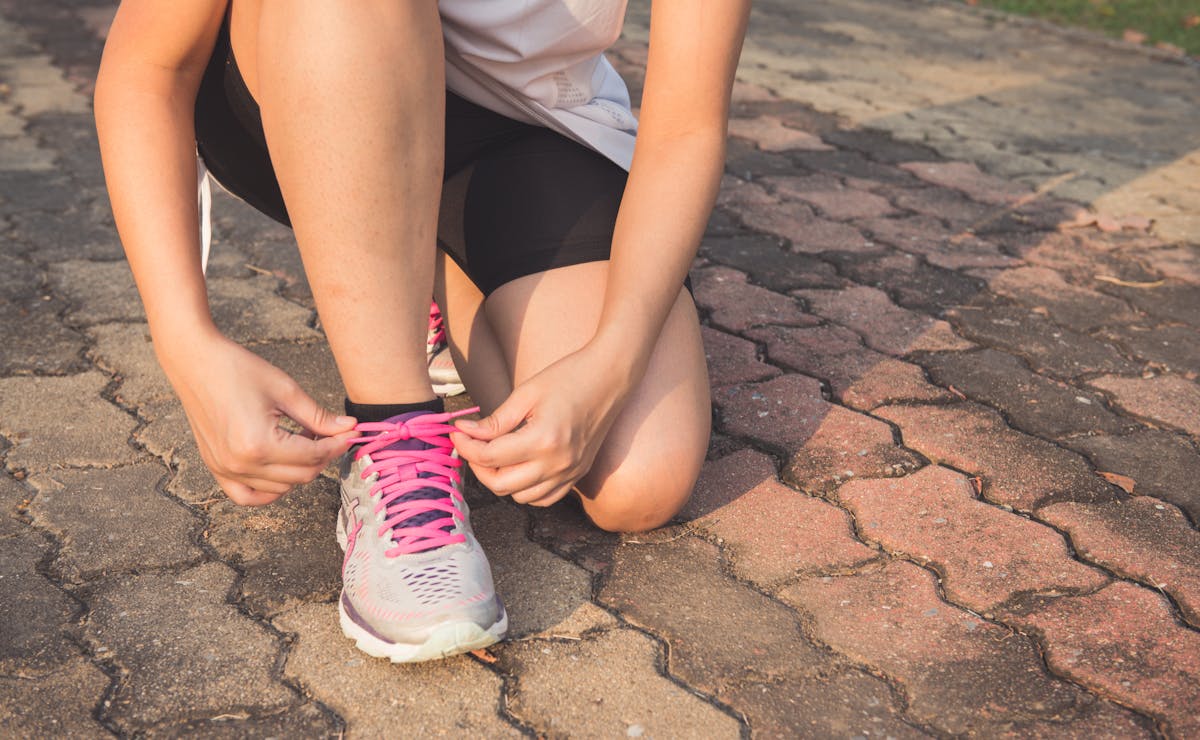Skipping is a stationary workout that simulates the motion of running but does not involve any actual movement. To execute it, you run in place repeatedly, with an emphasis on elevating your legs and coordinating your arms.
This kind of activity improves the coordination, develops the muscles involved in the stride and makes your run more effective, leading to the creation of a more proper posture for runners and a greater neuromuscular response, which are critical for individuals demanding high performance and lower injury risks.
What is skipping for?
Skipping is an exercise widely used in running training to improve coordination and leg strength. It is a practical example of stationary running , serving as a warm-up before a race, when runners raise their knees rhythmically without moving from the spot to activate the muscles.
In this case, the emphasis is on the height of the knee lift and the speed of execution, which makes it an incredible exercise for improving the mechanics of the activity and boosting the strength of the lower limbs.
In general terms, skipping is considered a running training exercise because it trains and improves fundamental aspects of the sport’s technique, such as:
- Coordination
- Rhythm
- Stride control
This allows the practice to isolate and reinforce different aspects of the movement, helping you to correct flaws in the mechanics of the movements.
And what are the types of skipping?
The main types of skipping are low, medium and high, and each has a specific function in improving running technique. The difference between them is the height at which the knees are raised and the intensity of the movement.
Low Skipping
In low skipping, the knees are raised just a few inches off the ground, and the focus is on speed and short contact between the feet and the ground. This variation is recommended for training agility and stride frequency, as well as dynamically activating the muscles.
Many runners use this type of exercise as a warm-up for running or to improve neuromuscular response time.
Average Skipping
Medium skipping necessitates a higher knee elevation, bringing them up to almost half the height of the thighs. It strengthens the calves and anterior thigh muscles while also improving synchronization between the arms and legs.
Furthermore, it improves posture and balance, making it an excellent choice for preparing the body for more strenuous workouts.
High Skipping
In high skipping, the knees must be raised to hip height, which requires greater effort and movement control. This variation strengthens the core , improves propulsion power and helps in executing a more efficient and economical run.
As it is a more demanding exercise, it is often included in high-intensity workouts or as part of muscle-strengthening sessions for runners.
What are the benefits of skipping for runners?
Skipping offers a number of benefits to runners, such as muscle strengthening, improving technique and increasing biomechanical running efficiency . In addition, it is essential for improving physical fitness and preventing injuries.
- Muscle strengthening: activates essential muscles such as quadriceps, calves and core, increasing power and endurance in your stride.
- Impulse Enhancement: Improves your ability to push off the ground with force, making your running more efficient and explosive.
- Improved balance and posture: skipping requires body control and therefore helps maintain proper alignment during practice.
- Development of motor coordination: synchronizes arms and legs, making movement more fluid and natural.
- Increased cadence and stride frequency : this practice encourages shorter, faster steps, which reduces the impact on joints.
- Optimization of energy consumption: improves biomechanical efficiency, allowing for lower energy expenditure per kilometer traveled.
- Injury prevention : Skipping also strengthens stabilizing muscles and reduces strain on joints, which prevents pain and muscle imbalances.
And, if you want to enjoy these and other benefits of exercise, you need to learn how to do it correctly – exactly what you will see below!
How to do skipping?
In order to practice skipping properly, you must execute the movements with control and technique. While there are various forms, they all involve care for posture, rhythm and coordination of arms and legs.
Following the tutorial below, you can’t possibly go wrong!
1. Keep your posture straight, but do not tense your shoulders.
Stand up straight with your body erect, shoulders dropped and gazing forward. Your spine should be in the correct position and your core tightened for stability during the exercise.
2. Coordinate arms and legs
Your arms should be in sync with your legs, so bend your elbows at around 90 degrees as you raise your legs. The action should be fluid and similar to that of running.
The elevation of the knees varies depending on the type of skipping, therefore:
- In low skipping, raise your knees slightly, focusing on the speed of execution.
- In medium skipping, raise your knees to mid-thigh, keeping a steady rhythm.
- In high skipping, bring your knees up to hip height, requiring more strength and control.
4. Avoid excessive impacts
Another key consideration is that landing must be with the forefoot, not making contact with the heel and sudden ground impact, since this strategy minimizes the risk of joint injury and enhances movement efficiency.
5. Control your breathing and rhythm
Keep controlled and rhythmic breathing in order to continue the effort without getting exhausted too early. Adjust the pace according to the level of your training and your intentions.



